3 committee meetings later: Bloomington city council now set for vote on purchase of former Showers Brothers building for future police-fire HQ
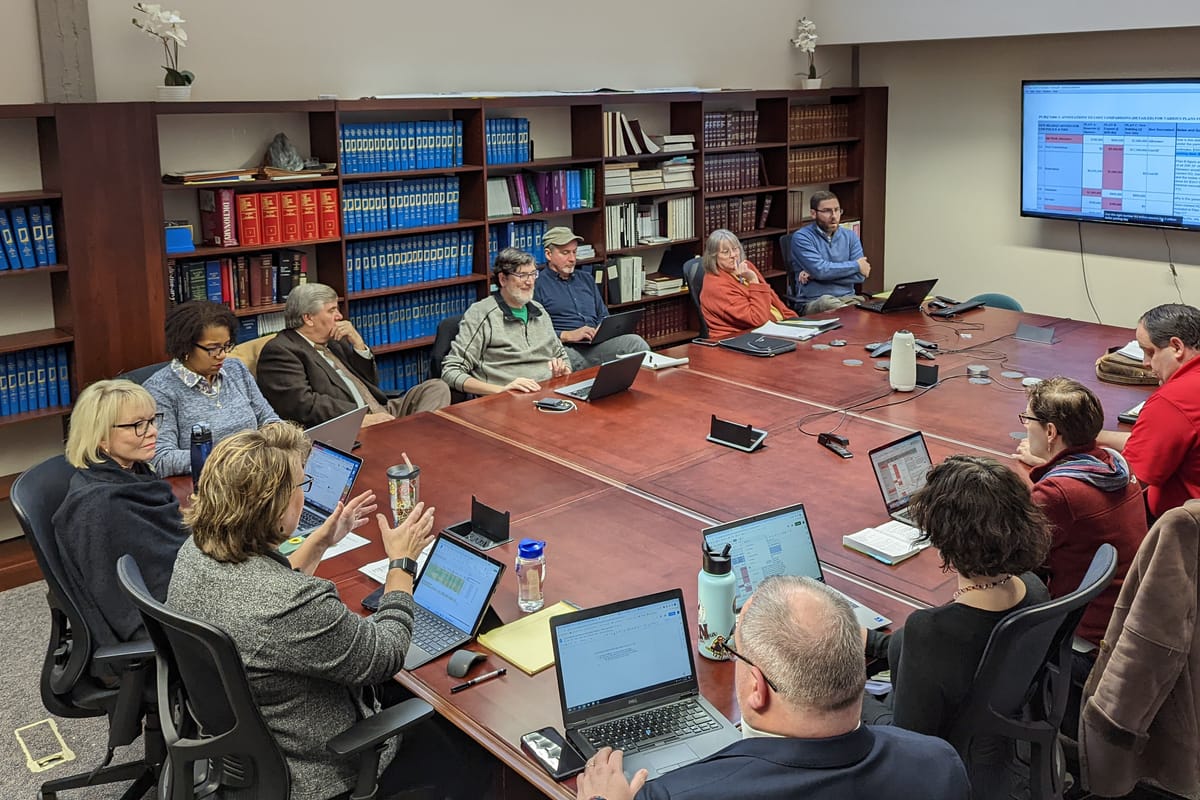
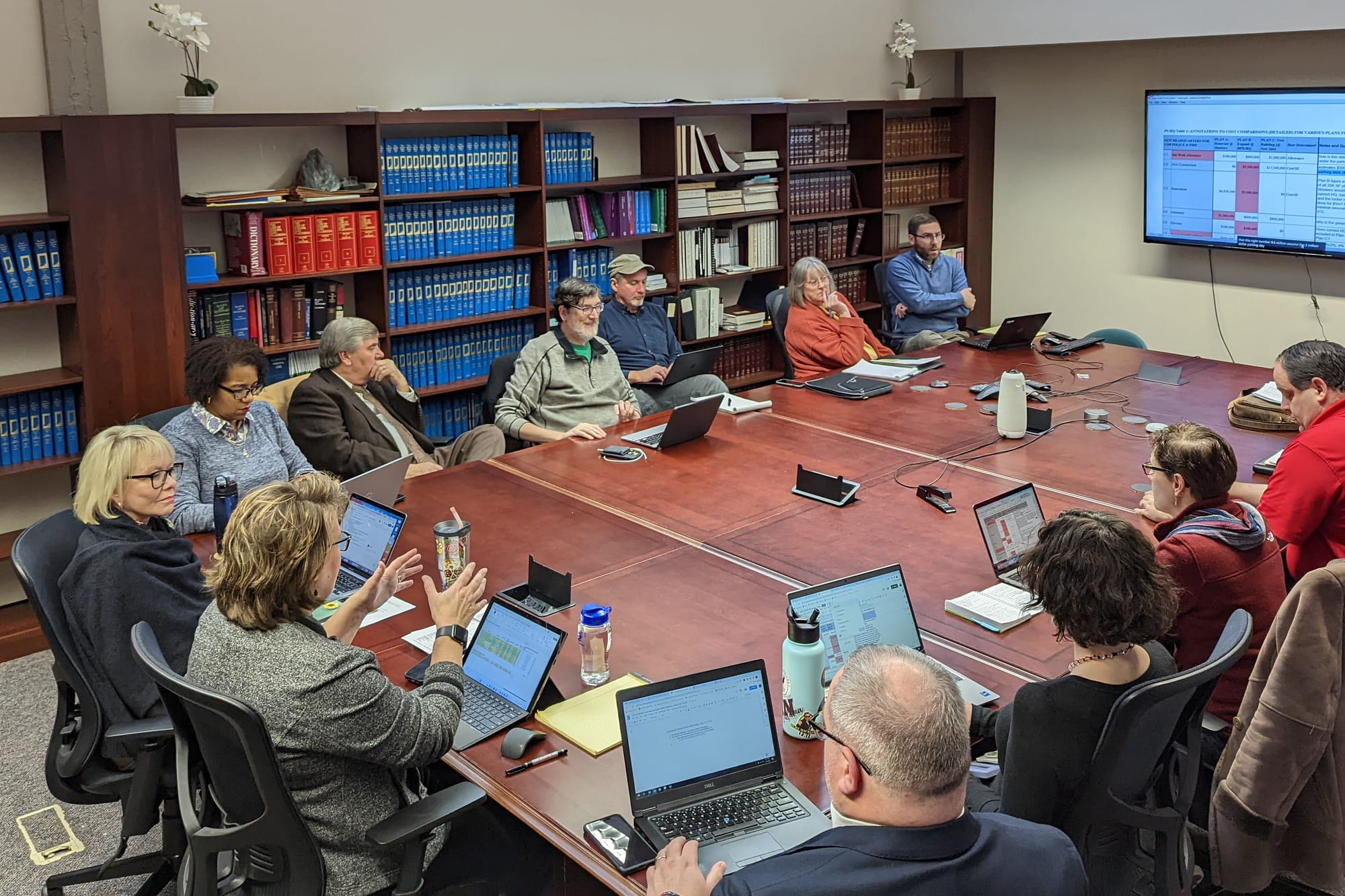
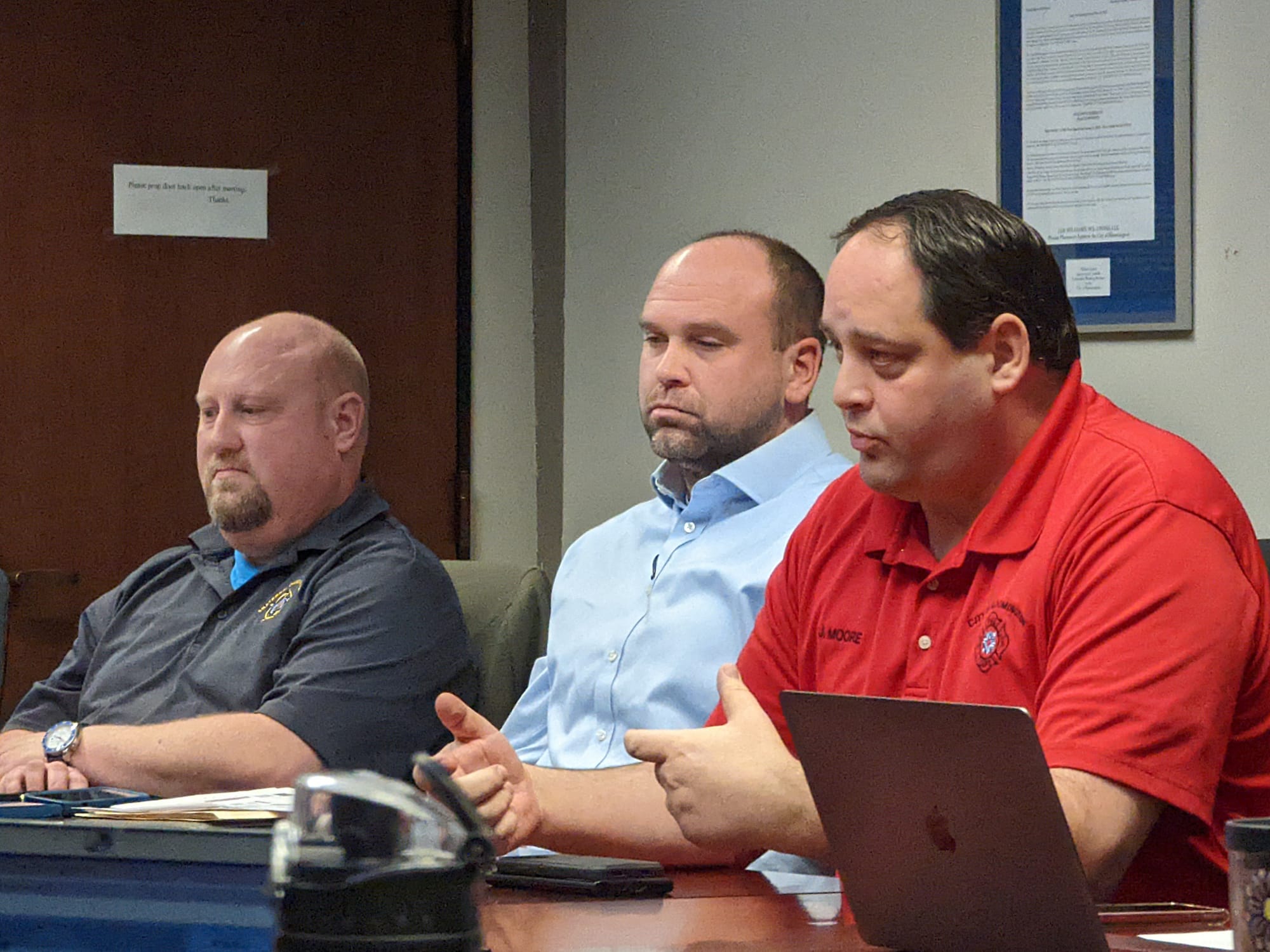
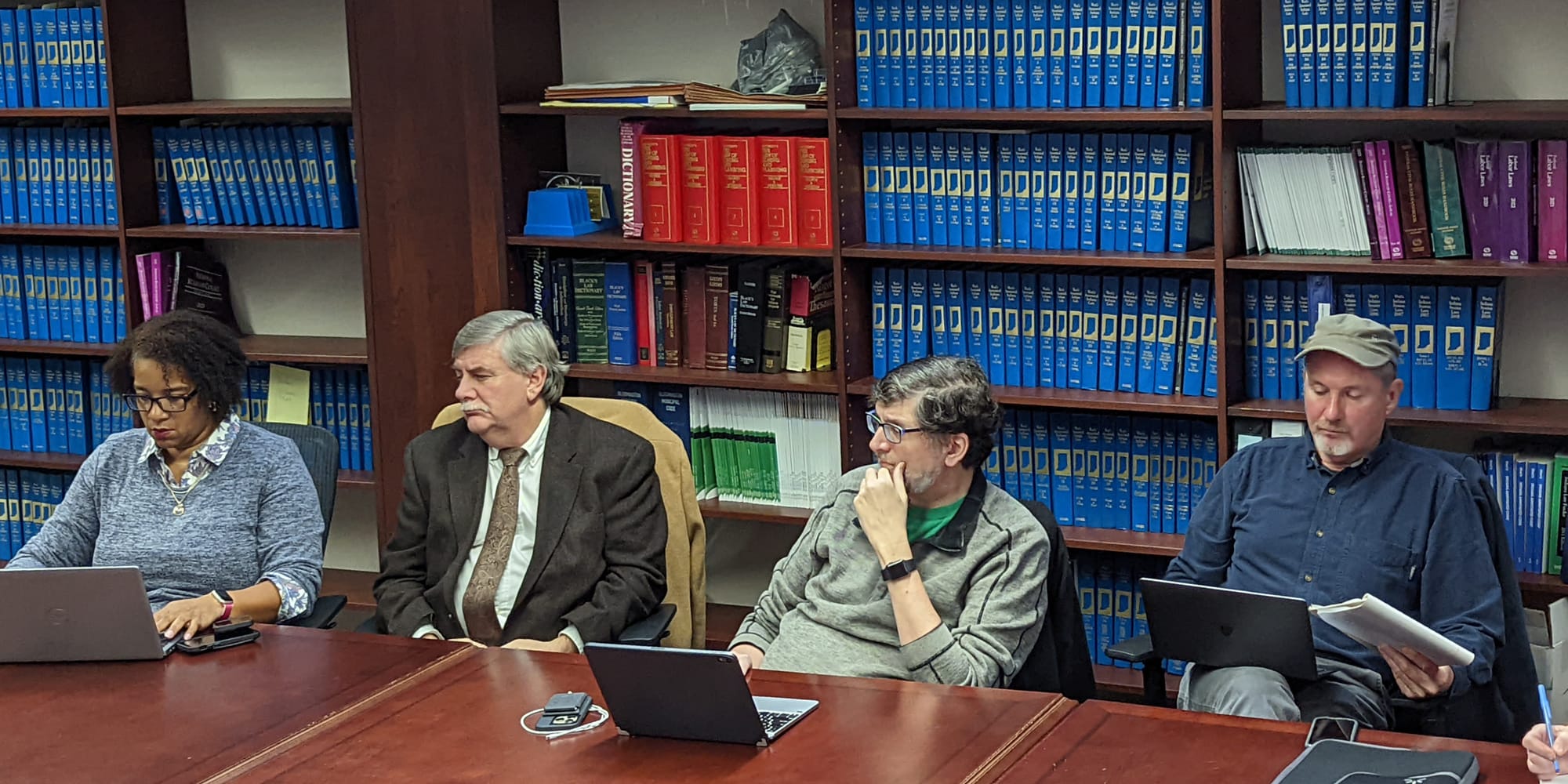

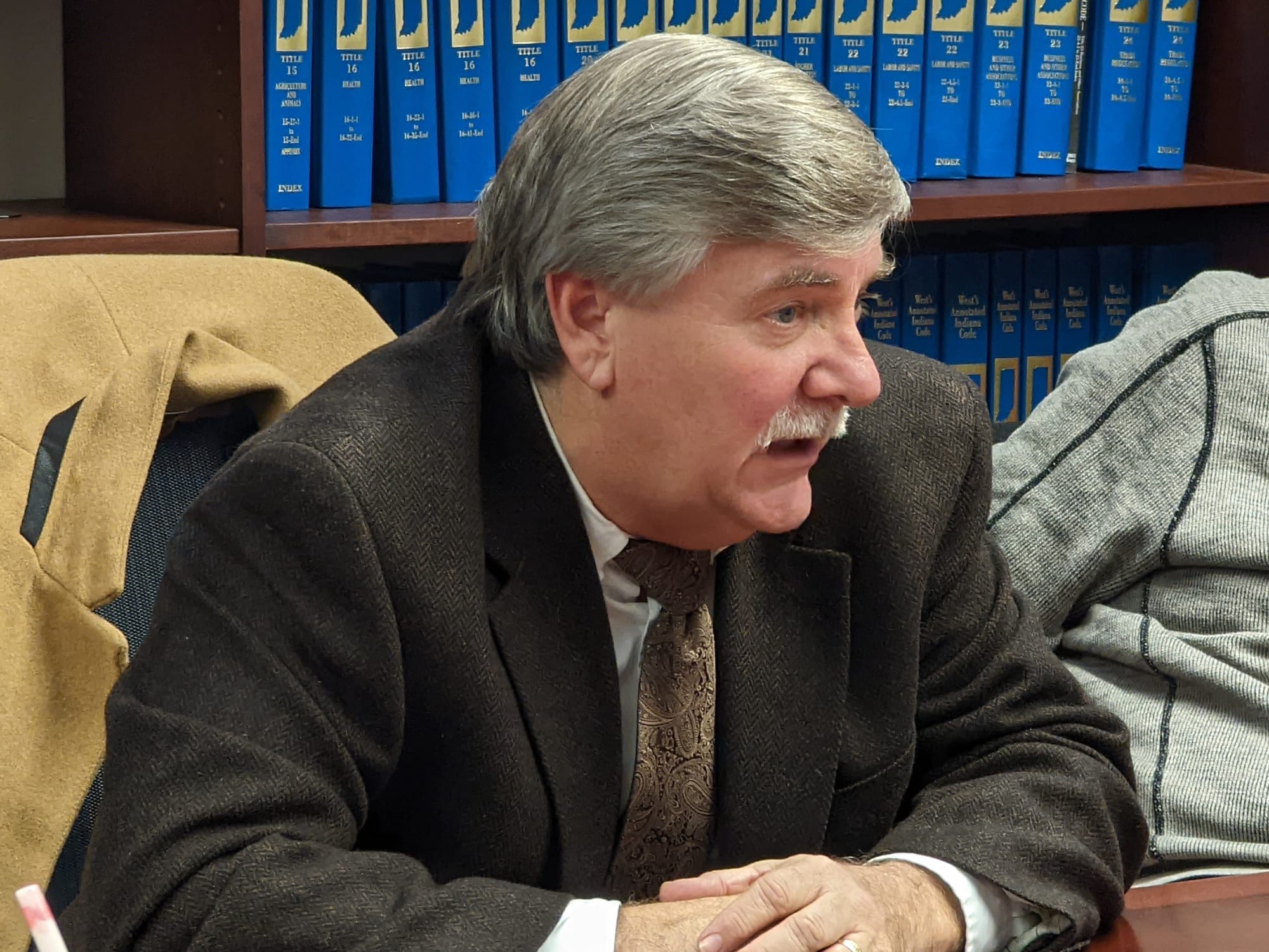

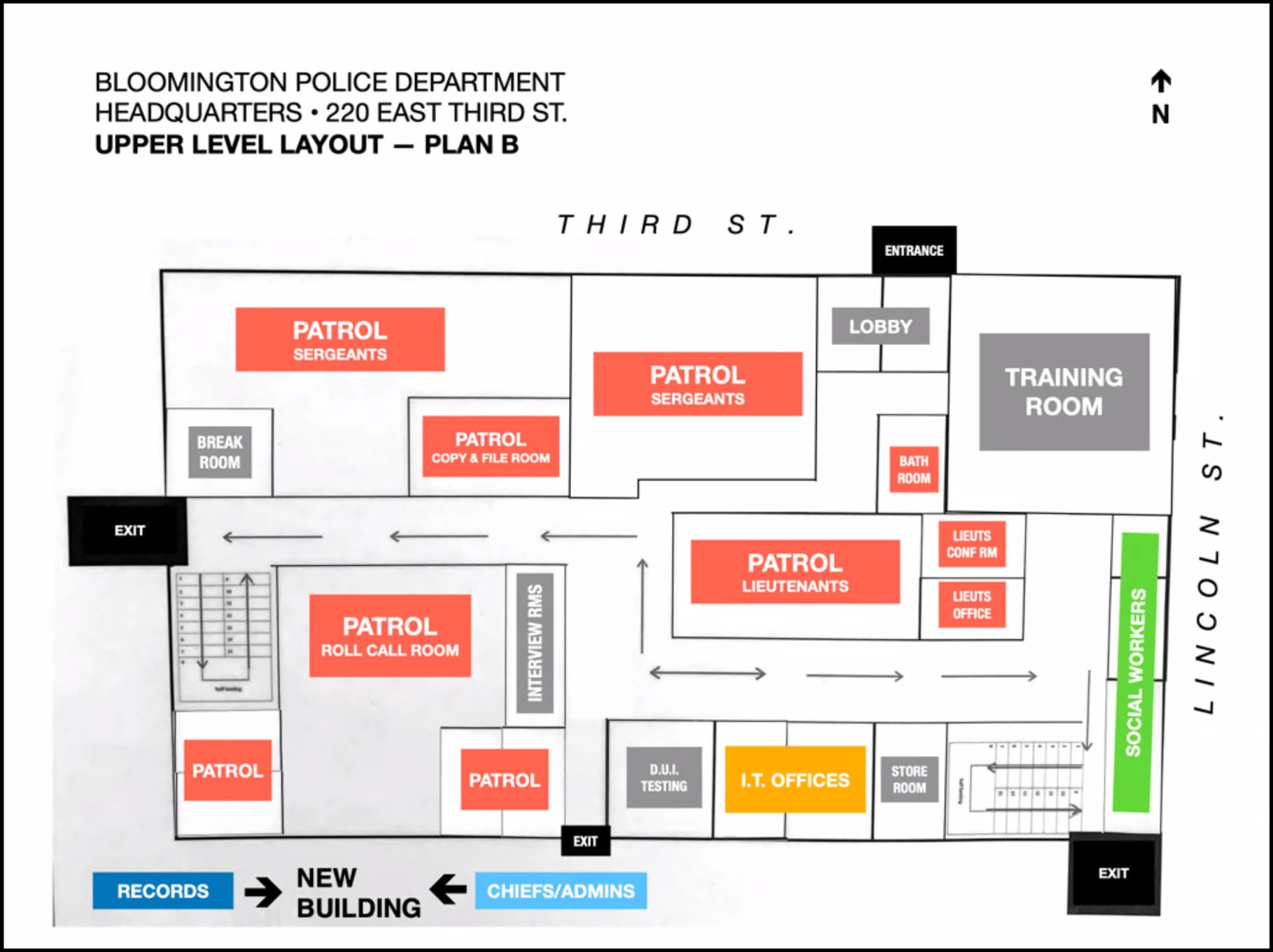
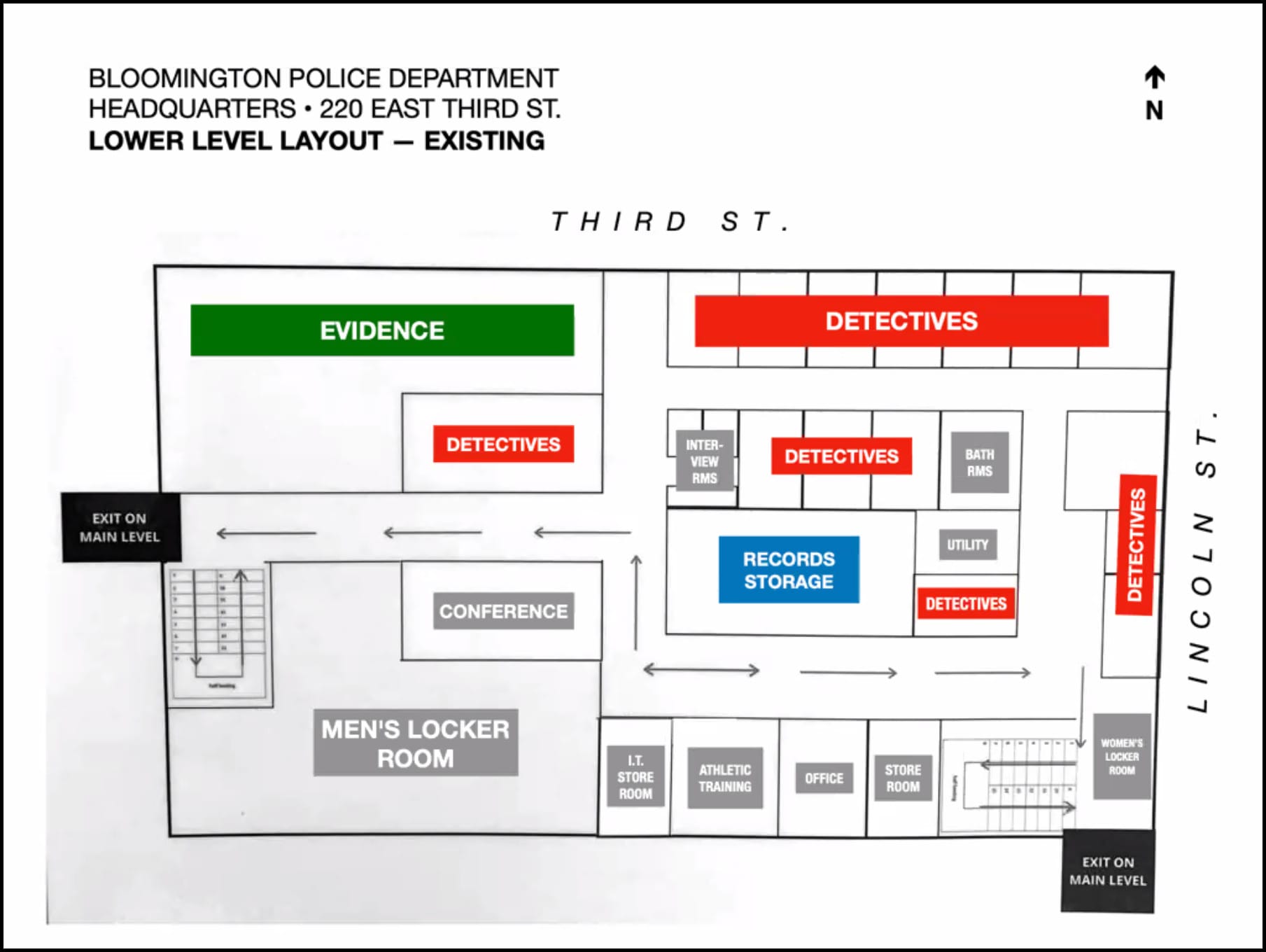
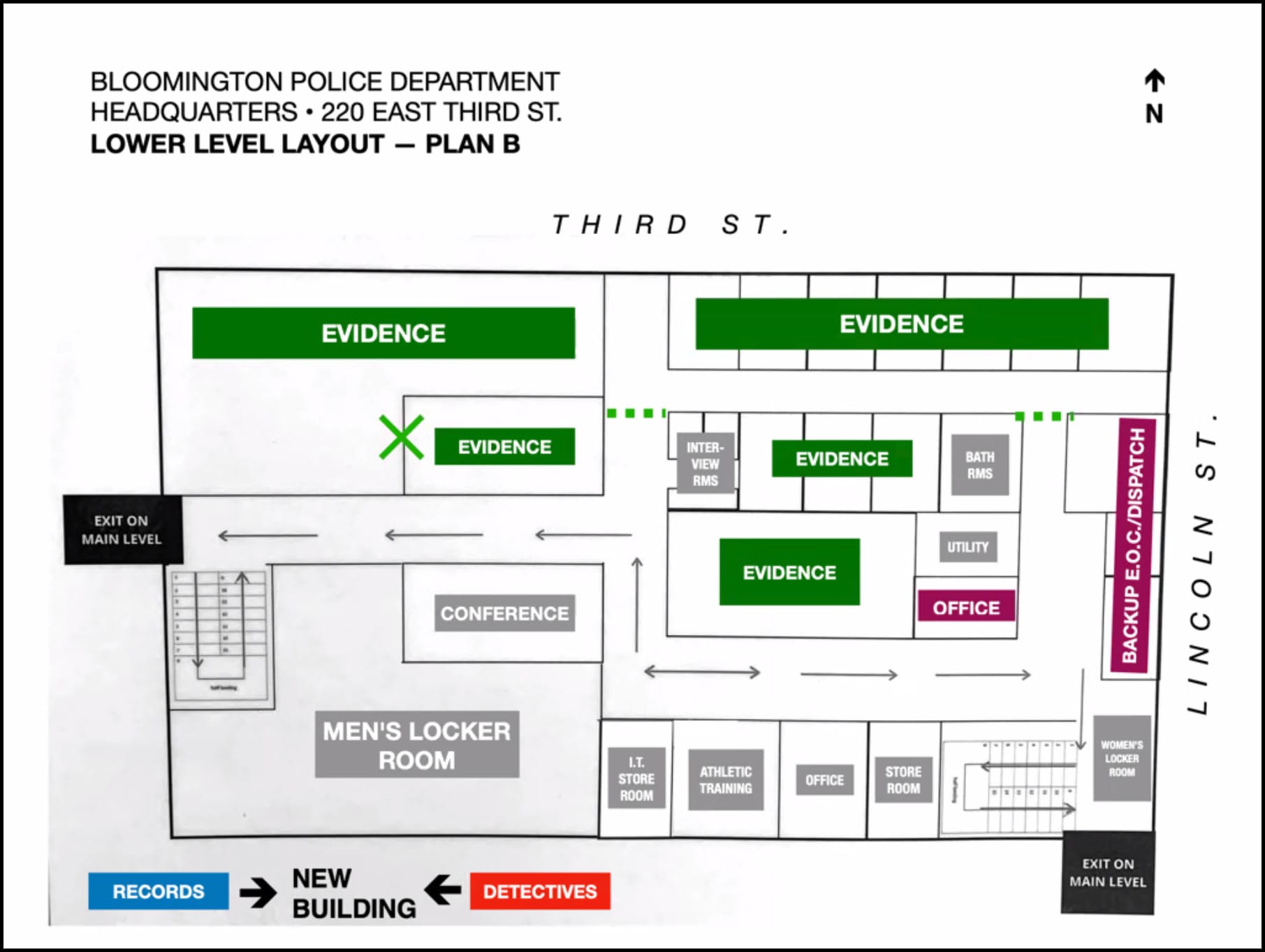
On Bloomington’s city council meeting agenda for this Wednesday is an $8.75-million real estate deal.
Councilmembers will be deciding whether to approve a purchase agreement for the western part of the former Showers Brothers factory building that houses city hall.
The agreement was approved by the city’s redevelopment commission (RDC) in mid-July for a half-million dollars more, but after due diligence was done, in mid-November, owner CFC Properties agreed to the lower $8.75-million figure.
It’s part of Bloomington mayor John Hamilton’s plan to put both the city’s main police station and fire department administration in the same historic city hall building. The proposed move is part of a bigger plan estimated at over $30-million—which includes reconstructing the flood-damaged Fire Station #1 and remodeling Fire Station #3.
Even though the city council late last year already approved the issuance of $29.5 million in bonds, it delayed approval of the building purchase to take more time to scrutinize the numbers.
The approval of the building purchase is part of the same agenda item as the ordinance that appropriates the bond proceeds.
Still a part of the meeting information packet is the text of a potential amendment to the ordinance, sponsored by Ron Smith, which would strike the council’s approval of the Showers building purchase from the ordinance.
At Friday’s meeting, committee chair Steve Volan told members of the administration who were present that if the council’s vote had been forced on Dec. 21, and the council had not postponed it, he believed the Showers proposal would have failed.
Attending the meeting were public engagement director Kaisa Goodman and deputy mayor Mary Catherine Carmichael.
Volan also indicated that he had wanted the committee to investigate the possibility that there had been a “significant overestimation” in the cost of a so-called “Plan B.”
Under the “Plan B” alternative, the existing 3rd Street police station would be renovated, with an addition constructed just to the west, with three stories of office space, above a ground-floor parking deck.
The police union, which is opposed to the move into Showers—based in part on limited vehicular access—had listed out, line-by-line, some questions about the administration’s cost estimates.
Union officials Paul Post and Jeffrey Rodgers attended Friday’s meeting, as well as the Tuesday meeting, earlier in the week.
It was Deb Kunce from JS Held, the consulting architect on the project, who provided responses on Friday to questions about cost estimates.
One example of questioned costs were the significant differences in estimates for the owner’s rep fees, given the similarity in overall estimated cost. The overall estimated cost for the Showers building option is $23.5 million, compared to $25.2 million for the renovation and expansion of the existing 3rd Street building.
Even though the total estimated costs are similar for the two options, the owner’s rep fees are significantly different—$1.8 million for the Showers building option, compared to $3.2 million for “Plan B.”
Kunce told the committee that the owner’s rep fee is the same percentage in both scenarios—17 percent. What accounts for the difference in the fees is the amount to which the percentage is applied. In both cases, it’s applied to the total of equipment costs, plus renovation and new construction costs.
The estimated cost for “Plan B” includes $10.6 million for new construction, against zero new construction cost for the Showers option. For the Showers option, there is $8.75 million for the building purchase, against zero cost for “Plan B” land acquisition—but the building’s purchase price does not get added to the total that’s used to calculate the owner’s rep fee.
Here’s the breakdown:
Showers option owner’s rep calculation:
$1,790,185 = ($8,750,500 in construction + $1,780,000 in equipment)* 0.17
“Plan B” owner’s rep calculation:
$3,200,250 = ($17,200,000 in construction + $1,625,000 in equipment)*0.17
Another point of contention: The total of $17.2 million in construction for “Plan B” includes $5 million for renovation of the existing building, a figure that the police union has disputed. The union contends that only light renovation would be required. On Friday, Kunce said that heavy renovation would be needed, which justifies the $5 million figure, she said.
The need for heavy renovation, Kunce said, is based on the need to move walls to achieve the required space configuration—it’s not just about raw square footage. As an example, she pointed to 11 different current areas that were designated as evidence storage on a drawing for the potential renovation. Those different evidence storage areas would have to be combined, Kunce said.
Also called into question by the police union was the $2 million cost for a parking deck, which is included in the cost of new construction for “Plan B.” The union has pointed out that if an addition is built to the west, eliminating the 15-space surface parking lot, then the pedestrian walkway through the parking lot to the south would no longer make sense. The elimination of the walkway would yield six parking spaces.
On Friday, Volan took up the parking issue with Kunce, saying, “No one needs parking. People demand parking.” He added, “And just because they demand it, it doesn’t mean we have to give it to them, let alone at the cost of $135,000 per space.”
As the meeting wrapped up, Volan said, “I’m not entirely convinced.” But Volan seemed at least somewhat convinced that the cost estimates were not so dramatically off, that they unfairly tipped the balance in favor of the administration’s proposal.
For Volan, a key consideration appears to be whether CRED (Community Revitalization Enhancement District) funds will be used for Hamilton’s proposed project. Volan is against using CRED funds for public safety purposes.
Towards the end of Friday’s meeting, committee member Isabel Piedmont-Smith said she now has a better understanding of the numbers, but added, “Numbers aren’t everything.” She added, “Even if ‘Plan B’ may be less expensive than we thought, there are other considerations.”
Another big consideration is one of the administration’s selling points for the Showers building option, which is the advantages that come from colocating police and fire administration together, but also with the rest of city hall.
Committee member Susan Sandberg asked on Friday: “What is the vision for having everybody under the same roof—especially when we had issues with egress and ingress for police, particularly?”
Bloomington’s fire chief Jason Moore responded by talking about the value of starting to build relationships, just from being in physical proximity with others. Even an ordinary greeting to start the day is the start of a connection with that person, Moore said.
Moore also said that working in separate silos can work fine, but it’s not the same as when you’re walking past someone every day, talking with them every day—because you are working in the same facility.
Bloomington police chief Mike Diekhoff agreed with some of Moore’s perspective, but said there’s not one agreed-upon best practice across the country. A lot depends on the size of the police agency, Diekhoff said. The Indianapolis police administrative headquarters is located downtown, but officers don’t respond to calls from that location, Diekhoff said.
Appearing fairly unconvinced after three meetings was committee member Dave Rollo. He asked about Category 4 building standards, which newly constructed police stations are required to meet. Under Indiana’s building code, the Showers alternative would not have to meet risk Category 4 standards, because the existing building would not be changing its “occupancy” as defined under the code.
Rollo championed the idea that meeting the Category 4 standards would provide some value. Kunce and assistant attorney Larry Allen portrayed the risk Category 4 standards as focusing on considerations of seismic load. That’s something that might not be achievable depending how deep the bedrock is and how compacted the soil is, they said.
Indiana’s building code also includes design wind speeds and snow loads for the risk categories.
One wrinkle for the Showers building option is that current owner, CFC Properties, has leases with several existing tenants that would extend for at least some time after the purchase of the building is complete.
At Friday’s committee meeting, police union president Paul Post asked if the income from the leases would be put back into public safety.
Deputy mayor Mary Catherine Carmichael indicated that the use of the lease proceeds had not yet been decided. Assistant city attorney Larry Allen indicated that the money would wind up in the general fund, and could be appropriated towards public safety uses.




Comments ()